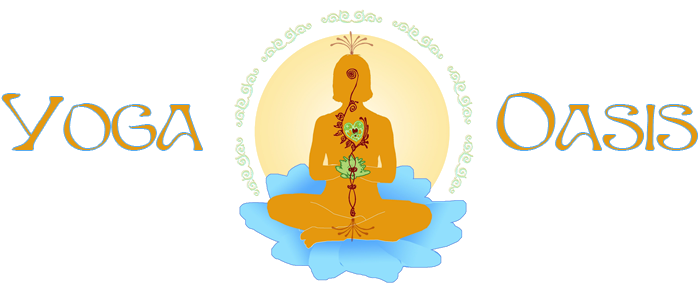In various circumstances, you have surely felt the ‘pang’ in the heart, an ‘unease’ in the gut, the legs go weak or an instantaneous vision of what will come into manifestation. These are all examples of subtle energy experiences.
According to Yoga Theory, humans have 5 layers, known as Koshas. You can imagine them as sheaths, overlaying and inter-meshing with each other. I will only speak of the first 3 in this article, as they are the most relevant to our topic.
The first layer is called Annamaya kosha, the gross or physical body. Being very palpable and visible, if we ignore its intelligent sensory messages, thus denying its existence ;-), we end up rigid and in chronic pain. This layer is most often the one we are likely to converse about and engage with through yoga postures (asana), in a typical yoga class. Asana yoga is wonderful, as it helps us maintain this vehicle we’ve been blessed with, to travel our life’s journey.
The second layer, called Pranamaya kosha, is our gateway to the Subtle body; Prana is the ‘life force energy’, also known as Chi or Ki in the Eastern traditions from China and Japan. Vital energy is produced, stored and maintained in this layer, primarily through breathing. Breathing happens automatically, but we can also stretch, deepen and build our vital energy through specific breathing practices. Breathing is also key to managing feelings, as emotions are the realm of the Subtle Body. States of depression, anxiety, and many other strong emotive patterns in response to challenging life experiences, can be positively influenced through conscious breathing.


The Chakra System is a Subtle Body map, consisting of 7 main wheels/vortices of energy along the line of the spine. Like an electrical transformer, each of these primary wheels receives, stores, transforms and circulates subtle life force energy. These connect to the entire physical body through a vast network called the Nadi’s, and can be visualized as a network of rivers more complex than the nervous and circulatory systems put together, and ideally, penetrating all the physical realm. If any of the main transformers or their pathways of energy are impeded or overcharged, imbalance will be experienced, and ultimately manifest as physical and/or psychological illness.
When we employ a variety of practices to enhance the functioning of the 7 primary chakra’s, we support our vital energy production, creating great health and well-being. The energy network creates a field of ‘life force energy’, and can be felt. When we understand the chakra system, and the most effective yogic tools to bring about healing balance, it is possible to engage in self-healing.
Engaging in conscious breathing is the first step; through specific breathing patterns, we can reduce or eliminate disconcerting emotional states. With additional guided visualizations, we can ‘tune in’ and facilitate a recognition of repetitive feeling and thinking patterns that bring about emotional /subtle body disturbances. This is the realm of the third sheath, called Manomaya kosha, the mind/mental layer. Higher in frequency than the previous sheath, thus more difficult to recognize, the mind is the power behind our believed ‘reality’. Consistent engagement of breath work, and relaxation / guided visualizations facilitate the release of restrictions and a shift to healthier emotions and thoughts.
 Here are a few suggestions of how some basic breathing patterns can assist you:
Here are a few suggestions of how some basic breathing patterns can assist you:
Before you engage in a situation that suspect will provoke a stressful response, breathe very deeply into the deepest part of your lungs. Let each successive breath be a little longer, smoother and allow yourself to relax deeply during exhale. Take at least 10 – 15 breaths or 10 – 15 minutes. Notice how you feel!
During times of chronic stress in your life, engage in long, deep, smooth inhales and exhales into the diaphragm; do this for 10-15 minutes, once to three times / day, preferably at transition times: upon arising in the morning, mid-day, prior to dinner, and/or sleep. Be consistent, noticing over time, like 1-6 months, how your life has changed.
If you suffer from insomnia, before entering sleep, or upon awakening in the middle of the night, engage in deep breathing, with the exhale twice as long as the inhale. Again notice… even if you don’t fall asleep again immediately, you will be nourishing your nervous system.
If you suspect you are not breathing deeply, smoothly and fully into the diaphragm, or have particular health conditions that might be addressed through these subtle yoga practices, gift yourself with a personal session with Debbie to engage healing practices. Look here for options. Prices are going up in May.
